Why Singapore’s English Teachers Should Embrace Singlish, Not Fight It
Is it time for Singaporean educators to embrace Singlish as a legitimate learning tool? What the Research […]
Read More
![]() What Motivating the Unmotivated Advises
What Motivating the Unmotivated Advises
Incremental beliefs about intelligence
i.e., the belief that intelligence can be increased through efforts
Adoption of mastery goals
i.e., the desire to acquire additional knowledge or master new skills
Engagement in intrinsic motivation
i.e., engaging in academic activities out of interest and enjoyment
Motivating the Unmotivated is a research study that sought to provide answers on why (i.e., causes) and how (i.e., underlying mechanism) students are motivated or unmotivated in their academic pursuits.
Based on three major theories in motivation literature i.e., the self-determination theory, the achievement goal theory, and implicit theories of intelligence (see Figure 1: Three major theories in motivation literature), the study investigated:
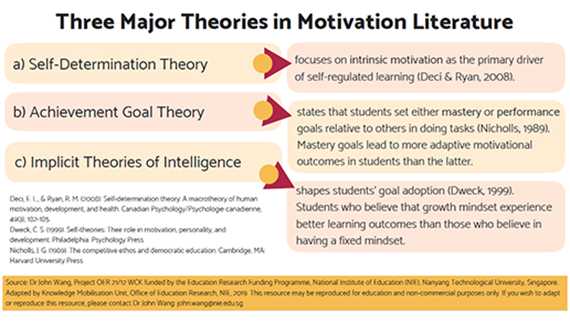
Figure 1: Three major theories in motivation literature ( available for download here )
While the project was set in Normal stream Mathematics classrooms, the findings and implications may be applied to a wider variety of teaching and learning contexts.
The Motivating the Unmotivated research advances the education research frontier in these areas:
It is therefore logical to expect findings from this result, if translated sensitively and accurately, to improve teaching and learning experiences in the classroom.
The Motivating the Unmotivated research study was conducted in 2 waves. All students in both waves were in Secondary 1 to 3 at the time of the data collection.
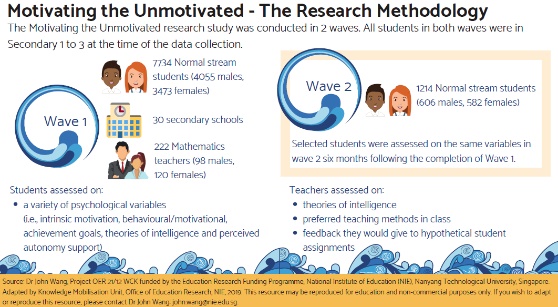
Figure 2: Motivating the Unmotivated – The Research Methodology ( available for download here )
Based on the research sample, five distinct motivational profiles of students emerged:
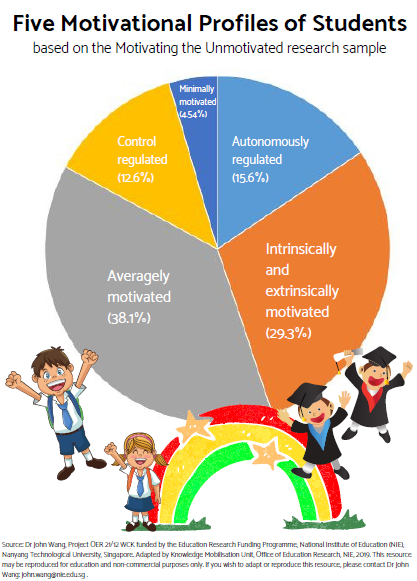
Figure 3: Five Motivational Profiles of Students ( available for download here )
The Five Motivational Profiles of Students are:
Amongst the five motivational profiles, becoming Autonomously Regulated is considered optimum. Students who are autonomously regulated have these characteristics:
Further, the research team also plotted the five motivational profiles against the:
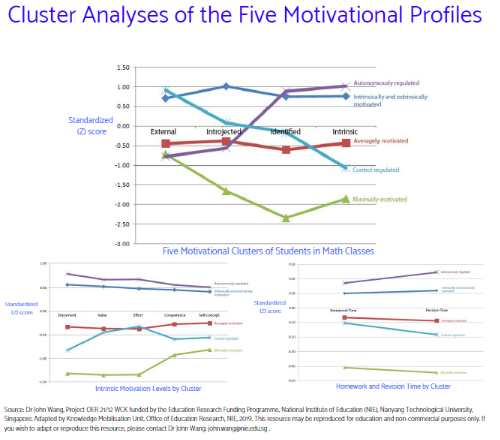
Figure 4: Cluster Analyses of the Five Motivational Profiles ( available for download here )
Figure 5: Continum of Self-Determination ( available for download here )
The research team also found out that:
To bolster students’ academic interest, teachers can facilitate a learning environment that nurtures:
i.e., the belief that intelligence can be increased through efforts
i.e., the desire to acquire additional knowledge or master new skills and
i.e., engaging in academic activities out of interest and enjoyment
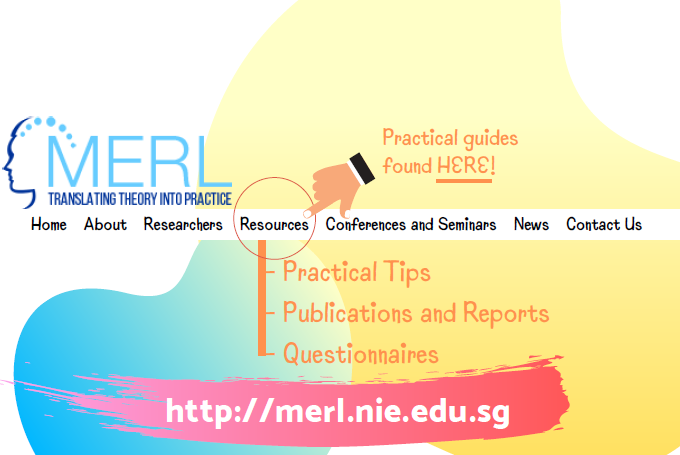
The Motivation in Educational Research Laboratory (MERL) is one of the six centres of research excellence in the National Institute of Education of Singapore.
With Professors Edward Deci and Richard Ryan, creators of the Self-Determination Theory and founders of the Rochester Human Motivation Laboratory as consultants, MERL focuses on:
On the MERL website, you’d find practical guides for teachers and practitioners in Singapore for direct application in Singapore classrooms.
The following projects are associated with Motivating the Unmotivated.
For enquiries on Motivating the Unmotivated, please contact the Principal Investigator Prof John WANG at john.wang@nie.edu.sg.
Principal Investigator
Prof John WANG, Physical Education & Sports Science (PESS), NIE
Co-Principal Investigators
This research on Motivating the Unmotivated was funded by Singapore Ministry of Education (MOE) under the Education Research Funding Programme (OER 21/12 WCK) and administered by National Institute of Education (NIE), Nanyang Technological University, Singapore. Any opinions, findings, and conclusions or recommendations expressed in this material are those of the author(s) and do not necessarily reflect the views of the Singapore MOE and NIE.
This knowledge resource was written by Ms Tan Giam Hwee in February 2020, updated by Ms Monica Lim and Mr Jared Martens Wong on 11 January 2022.